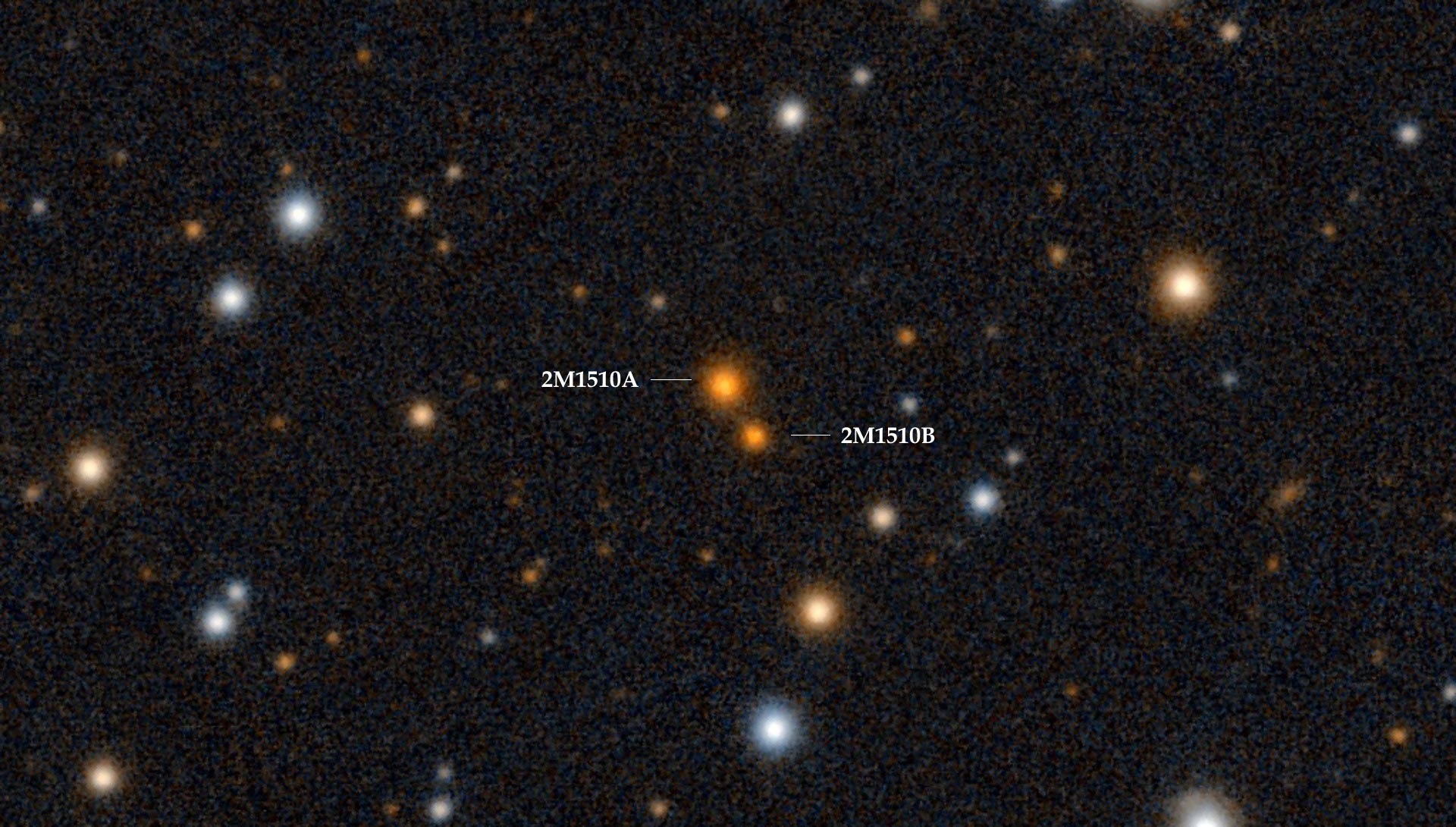Triple system made from brown dwarfs discovered
Brown dwarfs are celestial objects that were a little bit too small to develop into proper stars. That doesn’t mean that they can’t be hot – under some circumstances, fusion reactions can still take place inside them just like in our Sun, only at a smaller extent or with different initial products, such as deuterium instead of hydrogen. For astronomers, they are very interesting, because they might offer any planets orbiting them even better chances of life than for larger red dwarfs, which, unfortunately, tend to have strong outbursts of radiation.
Brown dwarfs, on the other hand, are relatively cold, but cozy. A planet would only need to settle in close enough to it to be able to develop life-friendly conditions on its surface. This is precisely the setting for Luhman-16, a double object made of two brown dwarfs, in my upcoming novel “Marchenko’s Children.”
Because brown dwarfs are not very bright, they are also one of the big unknowns in the search for extraterrestrial life. To be able to discover planets orbiting them, first you have to be able to find the star (more precisely: the substellar object) itself. So imagine the excitement when astronomers were able to detect a triple system as reported in Nature Astronomy. It was hiding in a binary system made of two brown dwarfs 2MASSW J1510478-281817 (short: 2M1510A) and 2MASS J15104761-2818234 (short: 2M1510B), which are about 250 astronomical units apart (1 AU = the distance from the Earth to the Sun).
The first of the two objects, approximately 120 light-years from Earth consists of two brown dwarfs, 2M1510Aa and 2M1510Ab, which have a short orbital period of 21 days, so that their mutual eclipsing could be detected from Earth. This ultimately also led to their discovery.

